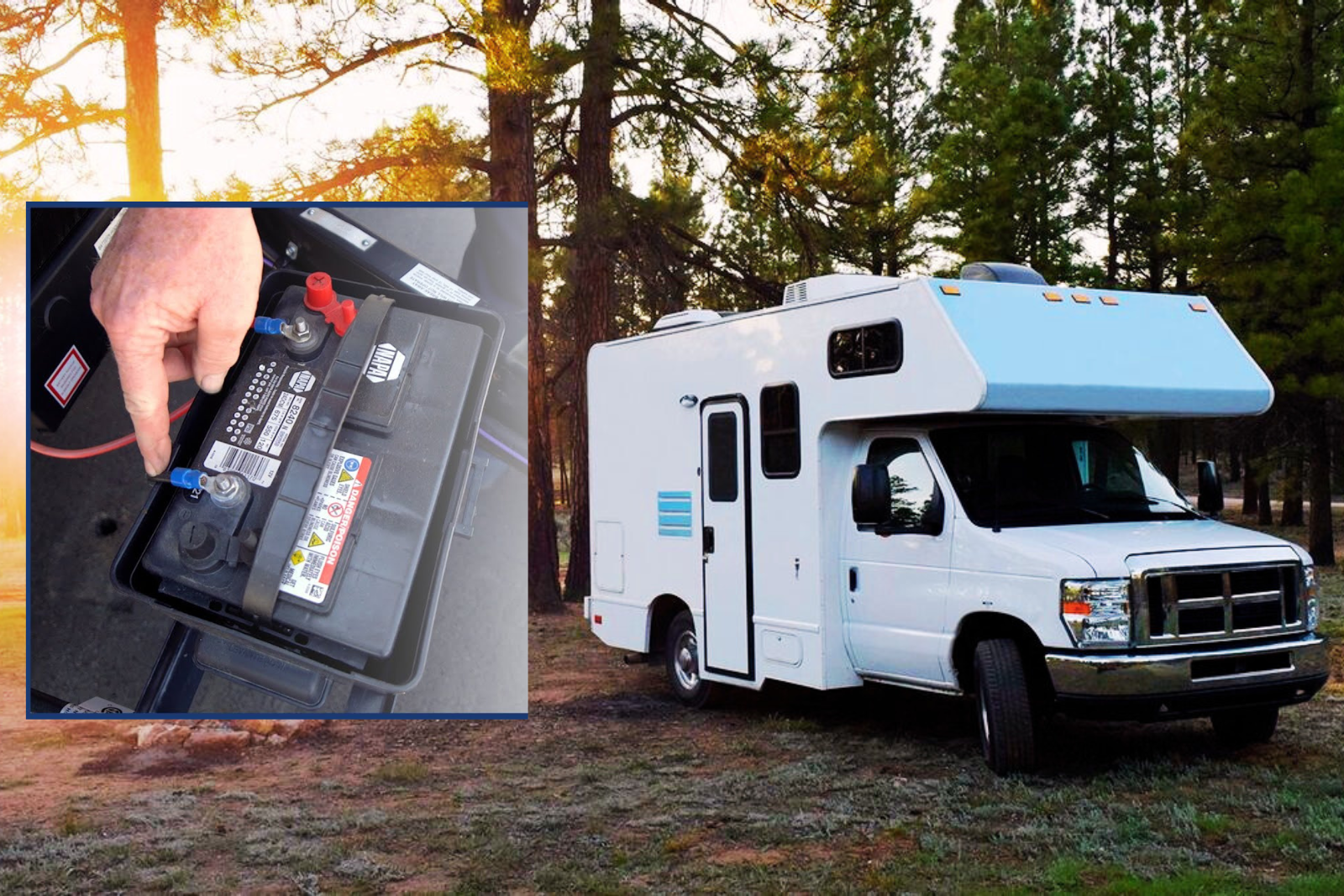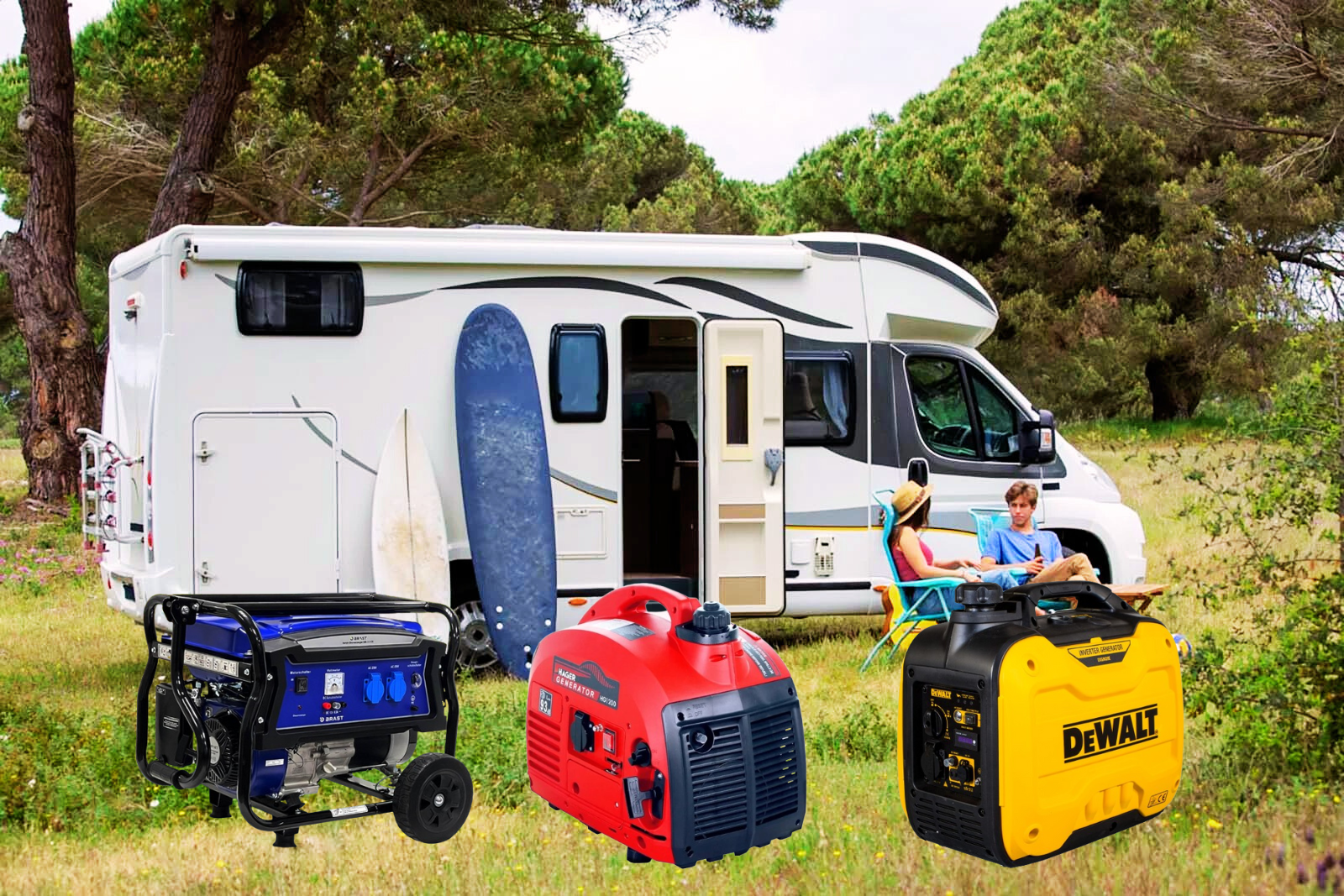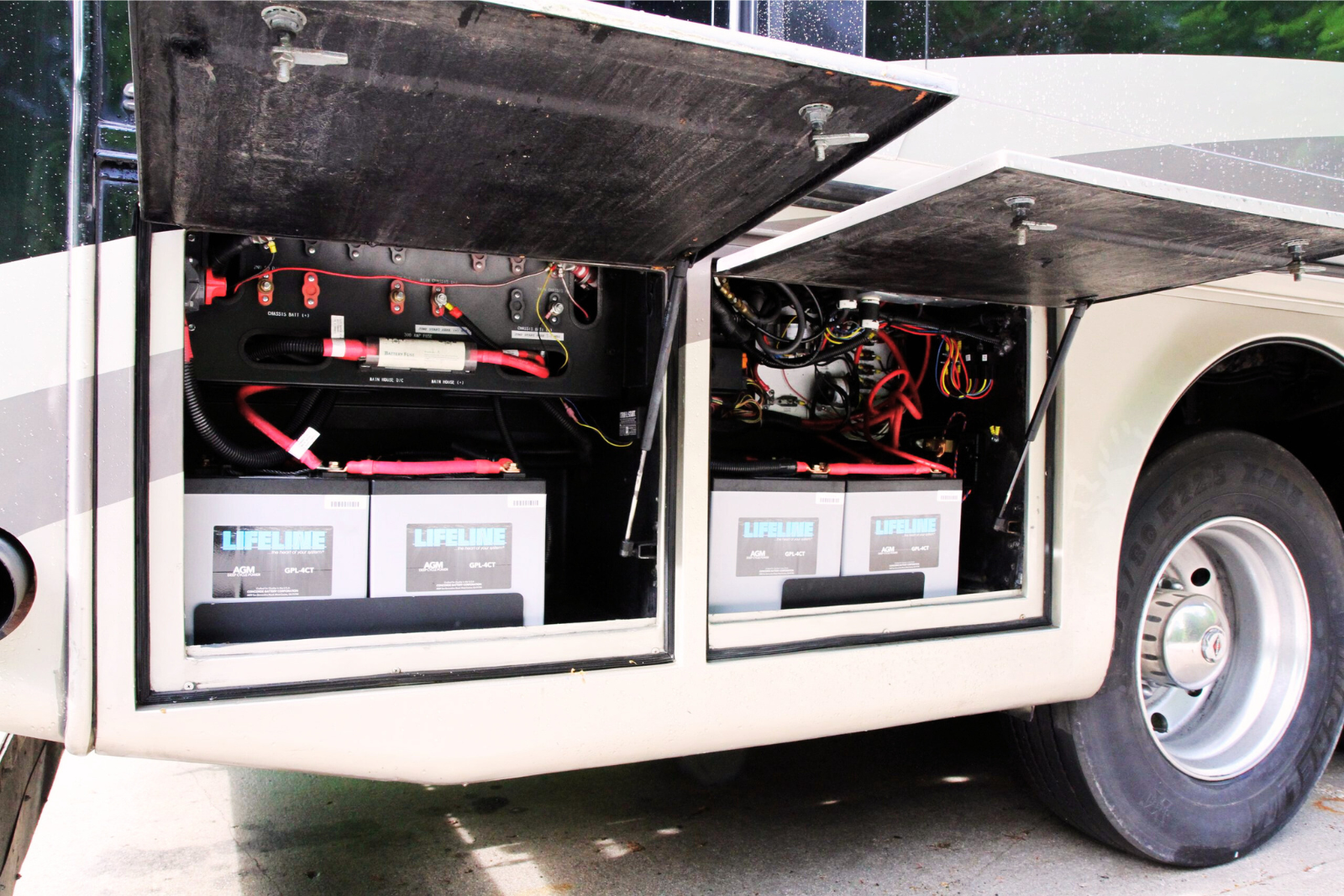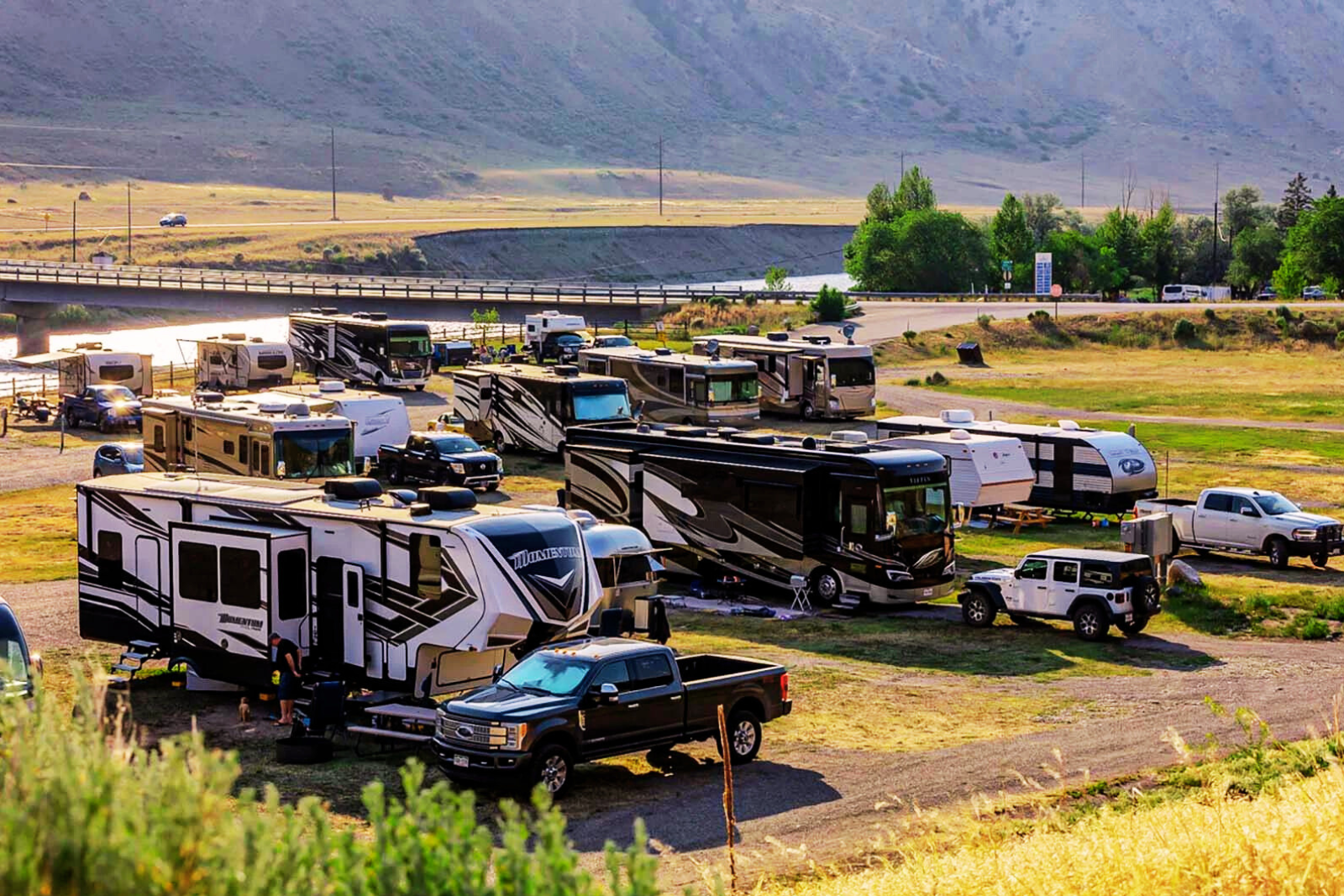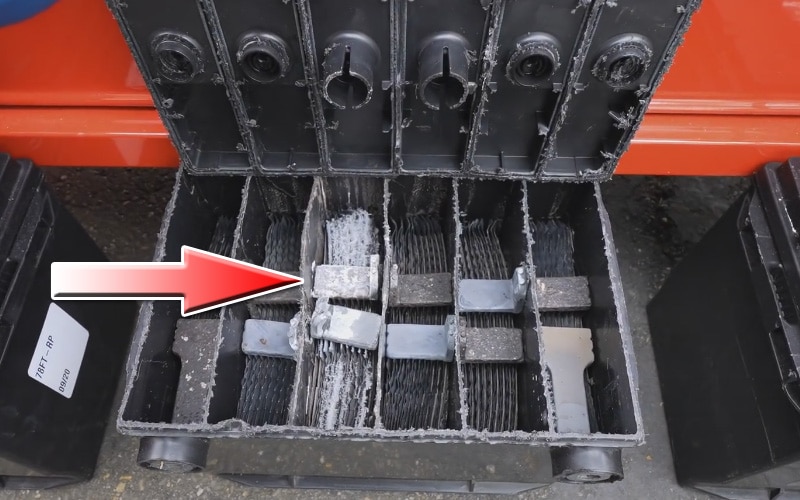For motorhome owners, having a reliable power source is essential for an enjoyable and comfortable life on the road. Your motorhome’s batteries are the heart of its electrical system, providing the energy needed to run lights, appliances, and electronics while boondocking or dry camping. However, with the vast array of battery types available, selecting the right ones for your rig can take time and effort.
In this guide, we’ll discuss the different motorhome battery types, their unique traits, and factors to consider when selecting the best option. From lead-acid to lithium-ion, we’ll break down the pros and cons, helping you make an informed decision that balances performance, cost, and convenience.
Whether you’re a seasoned RVer or a newcomer to the world of motorhome living, understanding your options and battery groups description is crucial for ensuring a seamless and enjoyable experience on the open road. By the end of this guide, you’ll have the knowledge and confidence to select the perfect batteries to keep your motorhome powered up and ready for your next adventure.
Table of comparative characteristics of motorhome batteries
| Renogy Deep Cycle AGM Battery | WEIZE Deep Cycle AGM Battery | LiTime Lithium Battery | ExpertPower Lithium Battery | |
|---|---|---|---|---|
| Battery Type | AGM (Absorbent Glass Mat) | AGM (Absorbent Glass Mat) | Lithium Iron Phosphate (LiFePO4) | Lithium Iron Phosphate (LiFePO4) |
| Voltage | 12V | 12V | 12.8V | 12.8V |
| Capacity | 100Ah | 100Ah | 100Ah | 100Ah |
| Cycle Life | 500+ cycles | 500+ cycles | 3000-5000 cycles | 3000-5000 cycles |
| Charging | Sealed, maintenance-free | Sealed, maintenance-free | Requires specialized charger | Requires specialized charger |
| Weight | 63 lbs | 62 lbs | 29 lbs | 22 lbs |
| Dimensions | 13.1 x 6.9 x 8.6 inches | 12.83 x 8.66 x 6.49 inches | 6.77 x 13 x 8.43 inches | 13 x 6.8 x 8.4 (H + Terminal: 9.3) Inch |
| Check Price | Check Price | Check Price | Check Price |
The key differences are the battery chemistry, with the Renogy and WEIZE batteries being AGM lead-acid and the Renogy and ExpertPower batteries being lithium-ion phosphate (LiFePO4). The lithium batteries offer significantly longer cycle life, lower weight, and longer warranties, but at a higher upfront cost.
So, let’s dive in and explore the world of motorhome batteries, empowering you to make the best choice for your home on wheels.
Types of RV Batteries Explained
- House battery vs chassis battery. A motorhome has two main battery types: the house battery and the chassis battery. The house battery, also known as a deep-cycle battery, powers the living area appliances like lights, refrigerators, water pumps, etc. The chassis battery is similar to a car battery and is used to start the engine and run automotive electrical components.
- Deep cycle batteries are designed to provide a consistent flow of electricity over an extended period. They can be discharged and recharged repeatedly without significant degradation, making them ideal for powering RV appliances and electronics.
- Lithium-ion batteries are increasingly popular for RVs due to their long lifespan, lightweight, and high energy density. They have a built-in battery management system to prevent overcharging/discharging. While more expensive upfront, lithium batteries can last up to 10 years with proper care.
- AGM and gel batteries – Absorbed Glass Mat (AGM) and gel batteries are sealed, maintenance-free lead-acid batteries. AGM batteries use fiberglass mats to absorb the electrolyte, while gel batteries immobilize the electrolyte in a gel form. Both are spill-proof, vibration-resistant, and suitable for deep cycling.
- Flooded lead-acid batteries are the most common and affordable RV battery type. They require periodic maintenance to replenish the water/electrolyte levels. While inexpensive, they are heavy, can leak acid, and have a shorter lifespan compared to AGM or lithium batteries.
When choosing batteries for your motorhome, consider factors like power needs, budget, usage patterns, and maintenance requirements to find the right balance of performance, cost, and convenience.
Car Gift Ideas
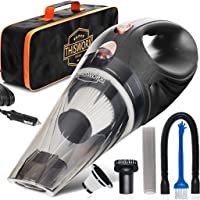
Portable Car Vacuum Cleaner
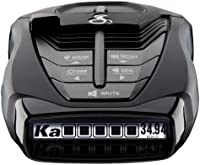
Laser Radar to Detect Speed Cameras
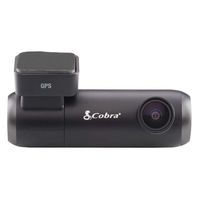
Smart Dash Cam, Full HD, WiFi & GPS
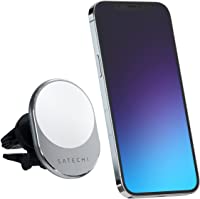
Magnetic Wireless Car Charger
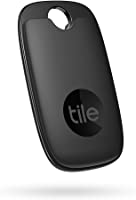
Car Keys Finder
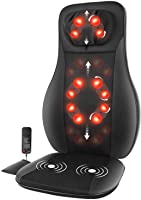
Shiatsu Massager for Car or Home
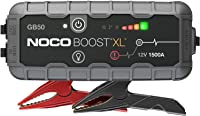
Car Battery Charger & Jump Starter
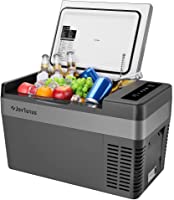
Portable Car Freezer

Alexa for Car
RV Generator Buyer’s Guide
While batteries are the primary power source for motorhomes, many RVers also rely on generators to supplement their electrical needs, especially when boondocking or dry camping. Choosing the right generator can be crucial for ensuring a comfortable and convenient RV experience.
Built-in RV generators vs portable generators
Motorhomes can be equipped with either a built-in generator or a portable generator. Built-in generators are integrated into the RV’s design, typically mounted on a slide-out tray or compartment. They are more expensive but offer a seamless and convenient power solution. Portable generators, on the other hand, are standalone units that can be stored in the RV’s storage compartments or towed behind the vehicle. They are more affordable and versatile but require more setup and storage space.
Sizing your generator needs
It is crucial to determine the appropriate generator size that would meet your power requirements. To make this decision, you need to consider the wattage output of the generator. Also, you should calculate the combined wattage of all the appliances and devices that you plan to use simultaneously. As a general rule, it is advisable to select a generator with a higher wattage rating than what you anticipate needing. This will account for any power surges during startup and any possible future power demands.
Common appliance wattages
To accurately size your generator, you’ll need to know the wattage requirements of your motorhome’s appliances and devices. Here are some standard appliance wattages to consider:
- Air conditioner: 1,000 – 2,000 watts
- Refrigerator: 600 – 1,200 watts
- Microwave oven: 700 – 1,200 watts
- Coffee maker: 500 – 1,000 watts
- TV and entertainment system: 200 – 500 watts
- Laptop or computer: 50 – 300 watts
Remember, these are approximate values, and you should always refer to the specific wattage requirements listed on your appliances and devices.
When selecting a generator for your motorhome, consider the noise level, fuel efficiency, and ease of maintenance. Also, make sure to follow all safety guidelines and regulations related to generator usage and ventilation to prevent carbon monoxide poisoning.
Leisure Batteries for Campervans and Motorhomes
A leisure battery, sometimes referred to as an auxiliary or house battery, is a type of deep-cycle battery that is specifically designed to power the electrical systems and appliances found in campervans and motorhomes. Unlike a vehicle’s starter battery, which only provides a short burst of power to start the engine, leisure batteries are built to deliver a consistent flow of electricity over a prolonged period of time.
Types of leisure batteries
When it comes to leisure batteries for your motorhome, you have several options to choose from, each with its own advantages and disadvantages.
- Gel Batteries are sealed, maintenance-free lead-acid batteries that use a gel electrolyte instead of liquid. They are spill-proof, vibration-resistant, and can be mounted in any orientation, making them a popular choice for RVs. However, gel batteries are more expensive than traditional flooded lead-acid batteries and may require a specialized charging system.
- AGM batteries are sealed lead-acid batteries that use fiberglass mats to absorb the electrolyte. They are maintenance-free, spill-proof, and can be mounted in any position.AGM batteries are known for their high discharge rates and resistance to vibration, making them well-suited for motorhome applications.
- Lithium-ion batteries are the newest technology in leisure batteries, and they have several advantages over traditional lead-acid batteries. Although they are more expensive and require specialized charging and monitoring systems, lithium-ion batteries are preferred due to their lightweight, high energy density, and ability to be charged and discharged more times without significant degradation.
Charging and maintaining leisure batteries
Proper charging and maintenance are crucial for ensuring the longevity and performance of your motorhome’s leisure batteries. Most RVs are equipped with a built-in battery charger that can be connected to shore power or a generator to recharge the batteries. It’s important to follow the manufacturer’s recommendations for charging rates and times to avoid overcharging or undercharging the batteries.
Additionally, regular maintenance tasks such as checking the electrolyte levels (for flooded lead-acid batteries), cleaning the terminals, and monitoring the battery’s overall condition can help extend its lifespan and prevent premature failure.
When selecting leisure batteries for your motorhome, consider your power needs, budget, and the type of camping you plan to do. With proper battery maintenance, ensure reliable RV power supply.
Everything You Need to Know About RV House Batteries
Role of house batteries
In a motorhome, the house batteries play a crucial role in powering the various electrical systems and appliances when not connected to shore power or a generator. These batteries provide the energy needed to run lights, water pumps, furnaces, refrigerators, and other essential components, ensuring a comfortable and convenient living experience on the road.
Differences between house and chassis batteries
It’s important to understand the distinction between house batteries and chassis batteries in a motorhome. The chassis battery, also known as the starter battery, is designed to provide a short burst of power to start the engine and operate automotive electrical components.On the other hand, house batteries are deep-cycle batteries that are built to deliver a steady flow of electricity over an extended period.
While chassis batteries are optimized for high-current discharge and quick recharging, house batteries are designed to withstand repeated deep discharge and recharge cycles without significant degradation. Using a chassis battery to power your motorhome’s electrical systems can lead to premature failure and potential damage.
Selecting the correct RV house battery (capacity, battery type)
When choosing house batteries for your motorhome, there are two main factors to consider: capacity and battery type.
- Capacity: The capacity of a battery is measured in amp-hours (Ah) and represents the amount of energy it can store. A higher capacity means the battery can power your appliances and devices for a more extended period before recharging. Determining the suitable capacity depends on your power consumption habits, the number of appliances you plan to run, and the length of time you intend to boondock or dry camp.
- Battery Type: As discussed earlier, several types of house batteries are available, including flooded lead-acid, AGM, gel, and lithium-ion. Each type of system has its own set of advantages and disadvantages which can affect its performance, maintenance requirements, and cost. When selecting the appropriate battery type, consider factors such as your budget, usage patterns, and the specific needs of your motorhome.
When installing house batteries in your motorhome, following proper wiring and installation guidelines is essential to ensure safe and efficient operation. Additionally, regular maintenance, such as checking electrolyte levels (for flooded lead-acid batteries), cleaning terminals, and monitoring the overall condition of the batteries, can help extend their lifespan and prevent premature failure.
By understanding the role of house batteries and selecting the right capacity and type for your motorhome, you can ensure a reliable and consistent power supply, enabling you to enjoy all the comforts of home while on the road.
Most Frequent Questions and Answers
How do I know what size battery bank I need for my motorhome?
Consider your power needs and usage habits to determine the right battery bank size. Make a list of all the appliances and devices you plan to run simultaneously, along with their wattages. Add up the total wattage and choose a battery bank with enough amp-hour capacity to meet your needs. As a general rule, aim for a battery bank that can provide at least twice the amp-hours you expect to use in a day.
What’s the difference between lead-acid and lithium batteries for RVs?
Lead-acid batteries, including flooded, AGM, and gel types, are a more economical option. However, they are heavy, require regular maintenance, and have a shorter lifespan.Lithium batteries are lighter, can be deeply discharged without damage, and last much longer, but they are more expensive upfront. Lithium batteries also require specialized charging systems and battery management.
How often should I replace my motorhome’s house batteries?
The lifespan of house batteries depends on the type and how well they are maintained. Flooded lead-acid batteries may need replacing every 2-3 years, while AGM and gel batteries can last 4-6 years with proper care. Lithium batteries can last 8-10 years or more. Regularly check the battery’s voltage and water levels (for flooded lead-acid) to determine when replacement is needed.
Can I mix different types of batteries in my RV’s battery bank?
Mixing different battery types (lead-acid, AGM, gel, lithium) in the same battery bank is generally not recommended. Each type has different charging requirements and characteristics, which can lead to imbalances and premature failure if combined. Stick to using the same battery chemistry throughout your battery bank.
How can I extend the life of my RV’s house batteries?
Proper maintenance is key to maximizing battery life. Avoid discharging batteries below 50%, keep them charged, check water levels, clean terminals, and store in a cool, dry place when not in use.Also, invest in a high-quality battery charger/maintainer and consider upgrading to lithium batteries for their longer lifespan.
Summary and conclusions
In this comprehensive guide, we’ve covered the various types of batteries commonly used in motorhomes, including deep cycle, lithium-ion, AGM, gel, and flooded lead-acid batteries. It’s important to understand the unique characteristics, advantages, and disadvantages of each type of battery to make an informed decision that aligns with your specific needs and preferences.
Whether you are an experienced RVer or a newbie to motorhome living, choosing the right batteries is essential to power your adventures. Proper maintenance and consideration of factors like power requirements, budget, and usage patterns can guarantee a seamless and enjoyable experience on the open road.
So, empower yourself with the knowledge gained from this guide and make the best choice for your motorhome’s power needs. Get ready to embark on countless adventures and create lasting memories with reliable batteries.
Happy travels!
Eric Strong works in the automotive repair industry more than 12 years. His work included repairing electrical systems in various vehicle systems. A hybrid electric car battery replacement experience expanded his understanding of automotive battery technology.
Page Contents


